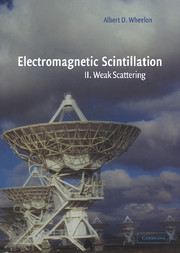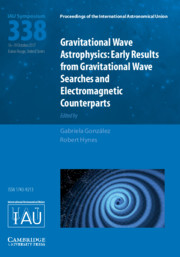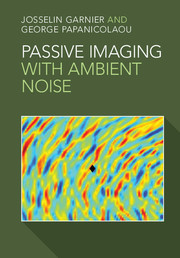Electromagnetic Scintillation
Electromagnetic Scintillation describes the phase and amplitude fluctuations imposed on signals that travel through the atmosphere. The two volumes of Electromagnetic Scintillation will constitute a modern reference and comprehensive tutorial, treating both optical and microwave propagation and integrating measurements and predictions at each step of the development. This first volume deals with phase and angle-of-arrival measurement errors, accurately described by geometrical optics and will be followed by a second volume on weak scattering. In this book, measured properties of tropospheric and ionsopheric irregularities are reviewed first. Electromagnetic fluctuations induced by these irregularities are then estimated for a wide range of applications.
- Provides a modern, comprehensive reference for all aspects of electromagnetic scintillation
- Tailored to the needs of practitioners: astronomers, applied physicists and engineers
- This tutorial presentation integrates predictions and measurements
Reviews & endorsements
"Few books available today focus solely on electromagnetic scintillation; a reader might have to look in a number of books in different subject areas to find what these two volumes concisely detail." Optics & Photonics News
"The author is to be congratulated, and thanked, for writing this comprehensive treatment of the scintillation of electromagnetic waves over broad spectrum, from visible light to radio waves." IEEE Antennas and Propagation Magazine
"It is among the most definitive examinations of how Earth's atmosphere distorts waves of light, vital to developing more accurate telescopes, radars, lasers and even satellite-based global positioning systems." LA Times
Product details
January 2005Adobe eBook Reader
9780511032462
0 pages
0kg
This ISBN is for an eBook version which is distributed on our behalf by a third party.
Table of Contents
- Foreword
- 1. Introduction
- 2. Waves in random media
- 3. Geometrical optics expressions
- 4. Single path phase variance
- 5. Phase structure function
- 6. Time variation of phase
- 7. Angle-of-arrival fluctuations
- 8. Phase distributions
- 9. Field strength moments
- Appendices.







